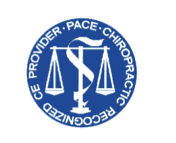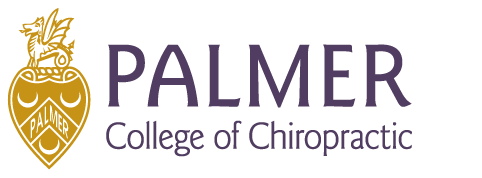Cost: $96.00

In this four-hour course, Dr. Heidi Haavik discusses how stress and traumatic experiences can negatively impact our brain function and health. She examines evidence showing that spinal dysfunction negatively impacts brain function, and that chiropractic adjustments can reverse it. She will also explore what future implications this might have for us as a profession.
Accreditation(s)

Module 1 Oultine
- Americans report what chiropractic has done for them
- Known long-term adverse effects of childhood trauma
- Prefrontal cortex introduction
- QUIZ
Module 2 Oultine
- Somatosensory evoked potentials
- SEP peaks
- SEP after chiropractic adjustments
- QUIZ
Module 3 Outline
- SEP research
- Proprioception following chiropractic care
- QUIZ
Module 4 Outline
- Denmark study reviewed
- Communicating research with patients
- Importance of prefrontal cortex function
- QUIZ
Module 5 Outline
- Sensorimotor integration
- Neuroplasticity model
- Maladaptive changes in people with chronic pain
- QUIZ
Module 6 Outline
- Prefrontal cortex dysfunction
- The prefrontal cortex following chronic stress
- The pfrefrontal cortex in healthy, non-stressful situations
- QUIZ
Module 7 Outline
- Fight or flight and the brain
- Chronic stress
- Post-traumatic stress
- QUIZ
Module 8 Outline
- Traumatic experience
- Definition
- Examples
- Brain changes during
- Brain changes after
- QUIZ
Module 9 Outline
- What makes people vulnerable to stress?
- Early symptoms of stress
- Symptoms common after a long period of stress
- Common symptoms after chronic stress
- QUIZ
Module 10 Outline
- Prefrontal cortex and:
- Autonomic nervous system
- Prefrontal cortex and immune and endocrine systems
- Executive functions and pain processing
- Inflammation
- QUIZ
Module 11 Outline
- This module covers what is known to help people who are suffering from chronic stress.
- How to communicate the effects of chiropractic adjustments to patients and the public.
- Specific look at what you can and cannot claim about the effect chiropractic has on the prefrontal cortex.
- QUIZ
Module 12 Outline
- Over active limbic brain
- Prefrontal cortex and research
- QUIZ
Module 13 Outline
- Research summary regarding chiropractic and the prefrontal cortex
- What can we claim?
- Clinical scenarios for patient education
- QUIZ
Module 14 Outline
- What can a D.C. say about chiropractic and the prefrontal cortex?
- Vertebral subluxation manifestation a many different clinical pictures
- QUIZ
Module 15 Outline
- Research, chiropractic, and the prefrontal cortex
- HRV as a good measure of pretrontal cortex and overall patient health
- QUIZ
Speaker(s)/Author(s)
|
Heidi Haavik, B.Sc., Ph.D. |
Release Date:
Jan 1, 2024
Course Expiration Date:
Jan 31, 2025
CE Hours
4.00
- Each module contains a video presentation and a short quiz. You must view the video prior to taking the quiz.
- FOR HELP: If you have technical issues, please contact the Continuing Education Department at 1-800-452-5032 or email at continuinged@palmer.edu.
- DISCLAIMER: While Palmer College of Chiropractic endeavors to bring diverse topics and viewpoints for continuing education options for Doctors of Chiropractic, the opinions of presenters do not necessarily represent the views of Palmer College.
- ATTRIBUTION: This presentation contains Royalty Free Music from Bensound
Release Date:
Jan 1, 2024
Course Expiration Date:
Jan 31, 2025
